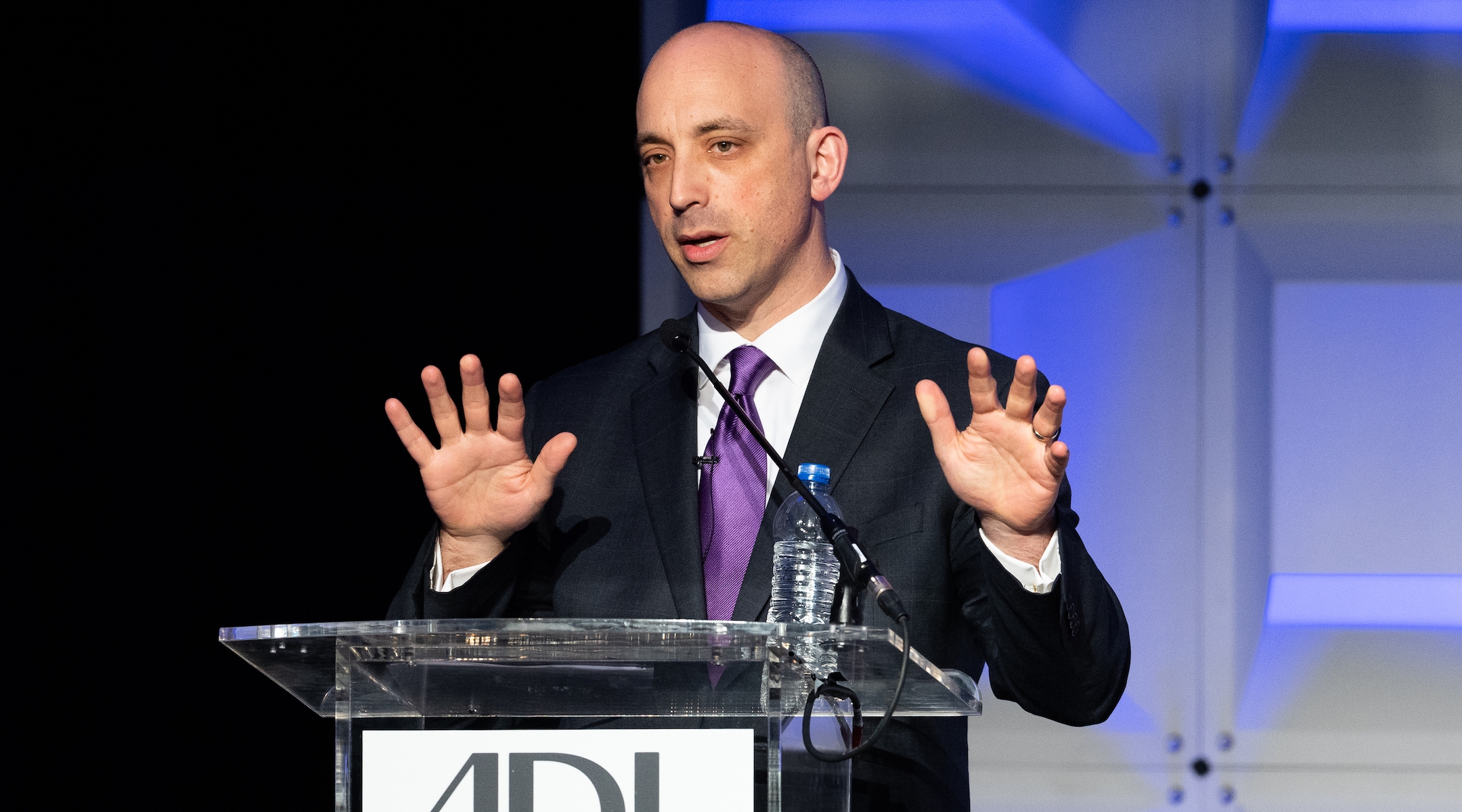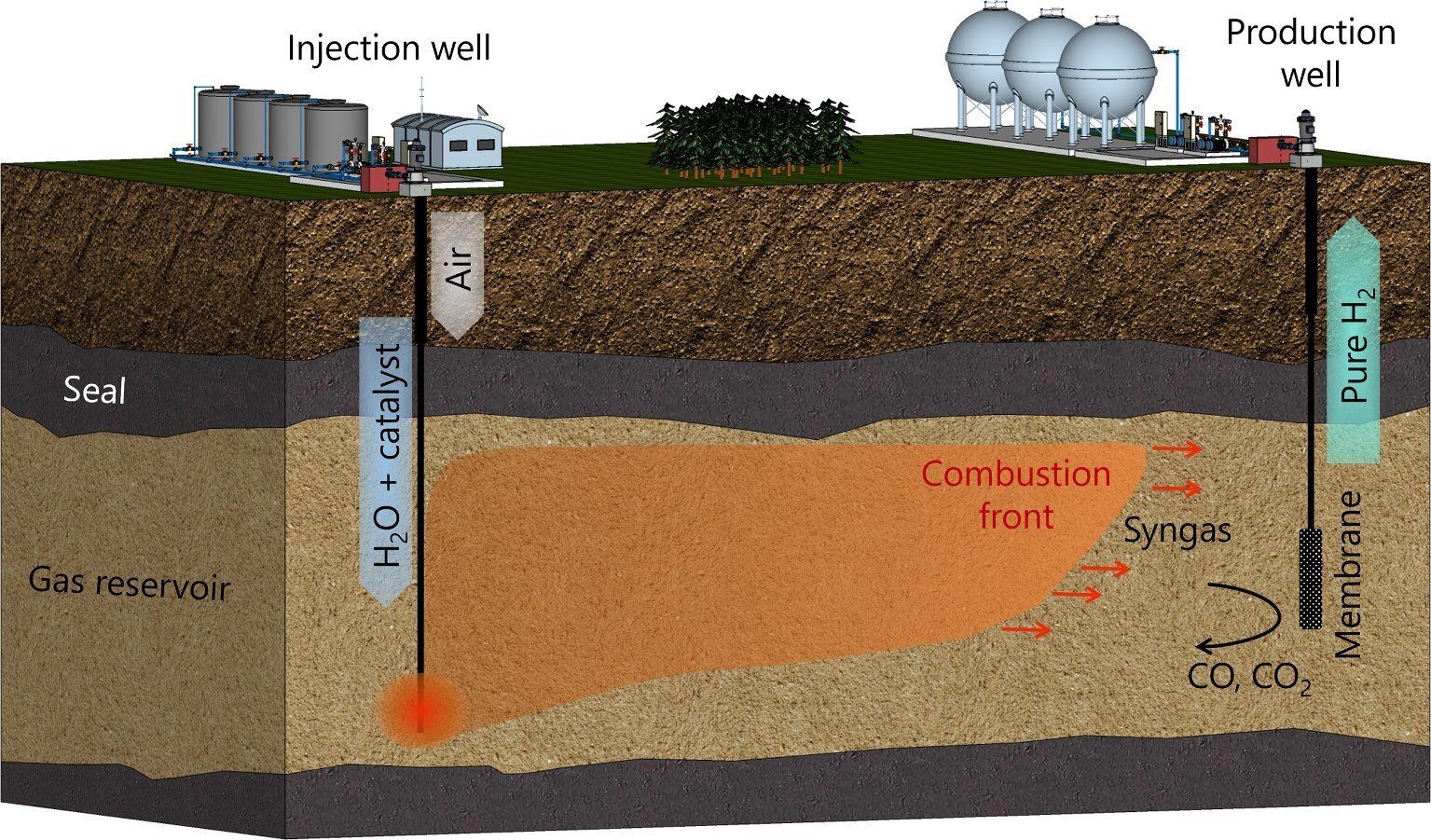

The relative inefficiency is okay because it still produces hydrogen, which is better for transport applications than electricity in batteries. Plus, oxygen is a useful byproduct, which everyone seems to ignore.
As for the lack of hydrogen infrastructure, I think that has to do with it not getting as much support from the government. I couldn’t find a specific comparison, but the Wikipedia lists many more US programs supporting plug-in electric vehicles than ones supporting fuel cell vehicles. Apparently, Obama’s energy secretary, Steven Chu, was very anti-hydrogen and that’s just how it went.















You’re correct. Maybe someone who does can explain the special appeal of a personal vehicle that requires 20+ minutes for a partial refill if you drive it too much.